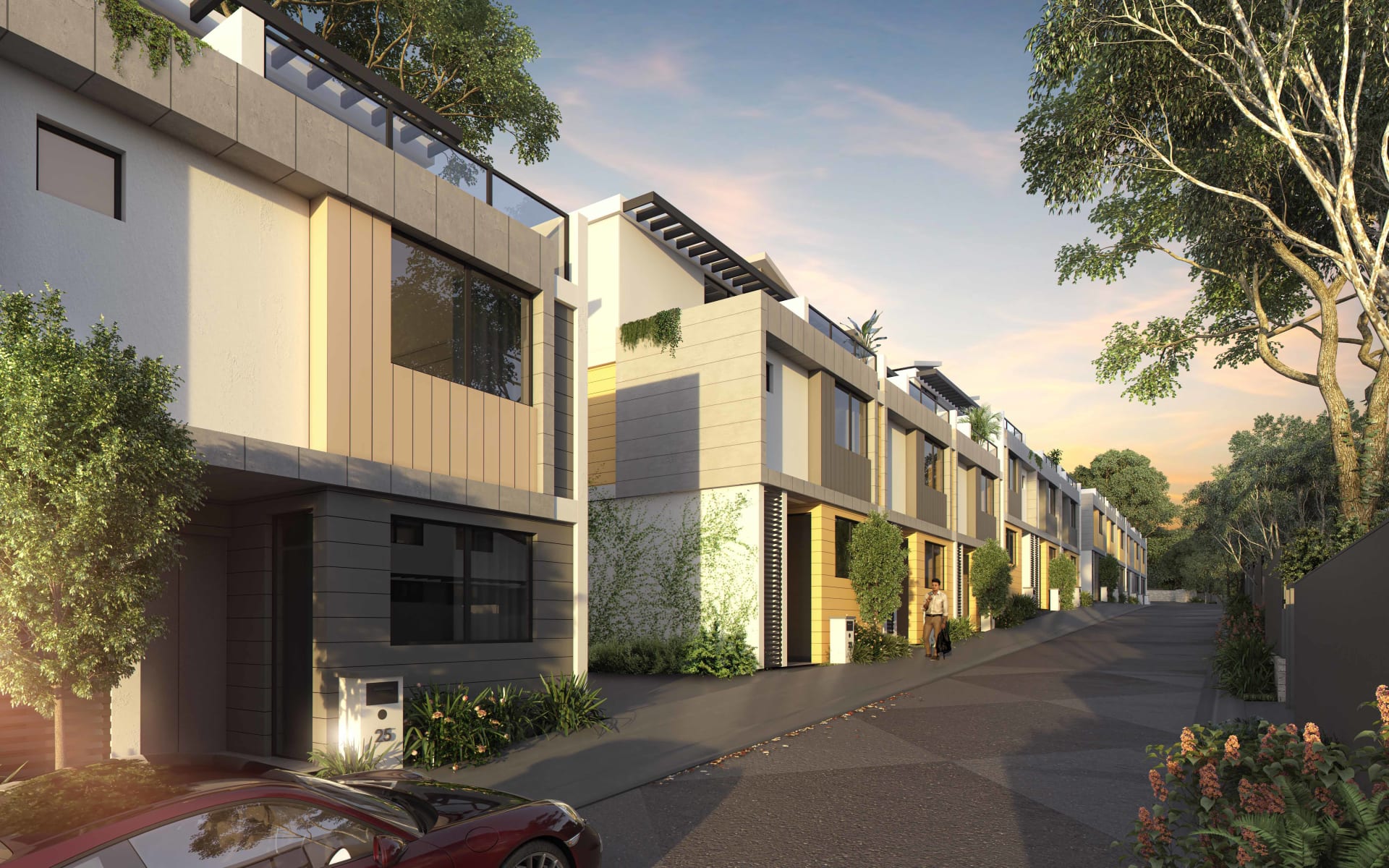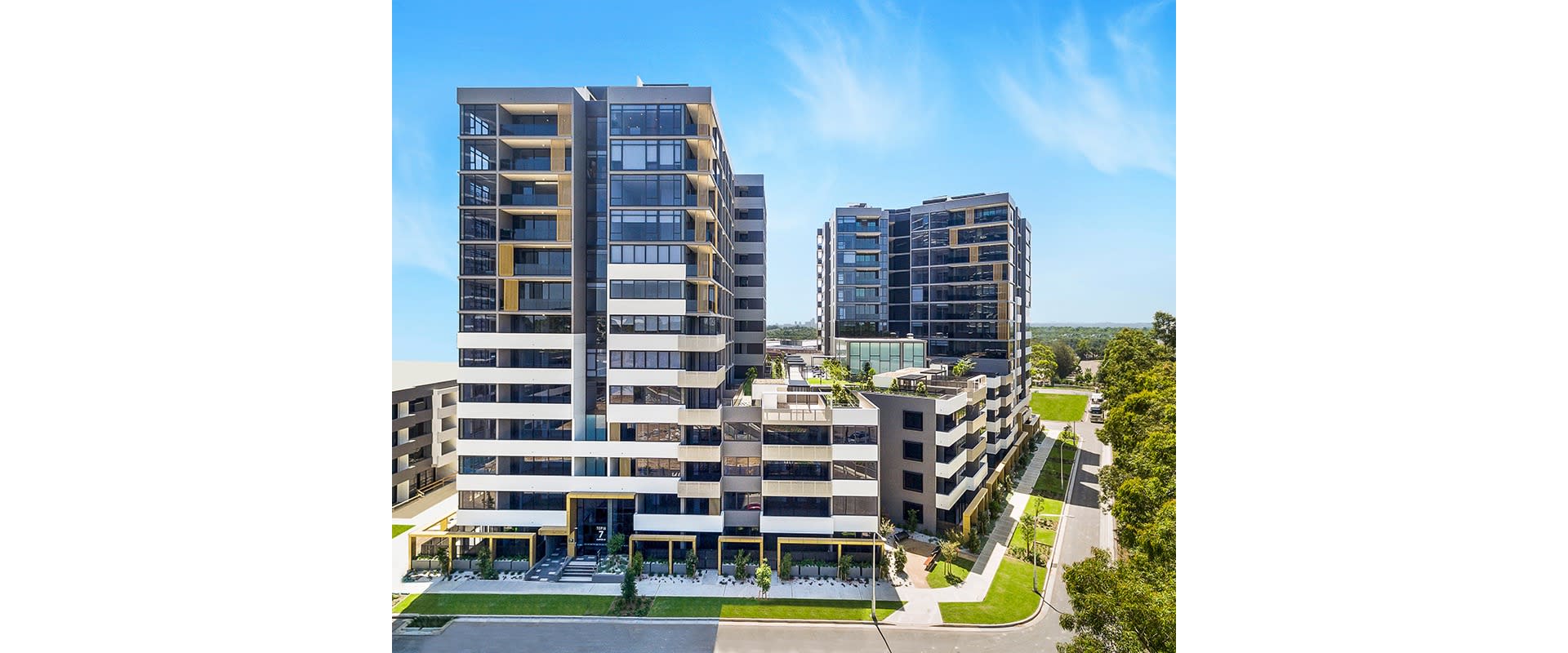Nicole Kidman shows off Bunya Hill, Sutton Forest for first time

Nicole Kidman, the actress, has given Vogue a video tour of her NSW Southern Highlands retreat, Bunya Hill. It was the latest of the international magazine's 73 Questions series.
The actress and her country music star husband, Keith Urban snapped up Bunya Hill, a 45-hectare black Angus cattle stud at Sutton Forest, for $6.5 million in 2008.
Long hidden behind hedging, the Sutton Forest property, with its magnificent 1878 Georgian mansion and impressive pedigree, has wide sandstone verandas, pressed-metal ceilings, a carved cedar staircase and 10 marble fireplaces.
It has the proportions and details that made it worthy to be leased as a vice-regal rural retreat for Lord Augustus Loftus, a governor of NSW in the colonial 1880s.
Bunya Hill was sold by Peter Coad, head of global markets at National Australia Bank, and his wife, Helen, through Sothebys and Drew Lindsay Real Estate.
Keeler Apartments
It is set in the Sutton Forest village located in New South Wales precinct where Hume Coal now intends to build an underground coal mine.
Details of the plans were advised last week, submitted to New South Wales Government as a first step in the approval process.
The aim is to extract coal from the Wongawilli coal seam in the Sutton Forest region, while protecting the ground water and the environment, but most locals, including the celebrity couple have huge apprehension.
Surface infrastructure is proposed to be developed on predominately cleared land owned by Hume Coal. Over half of the remaining sections of the project area are scheduled to continue to be, used for livestock grazing, small-scale farm businesses and hobby farms. There are a small number of vineyards present, principally Cherry Tree Hill Wines, and Eling Forest, with the Belanglo State Forest covering the north-western portion of the project area and contains introduced pine forest plantations, areas of native vegetation and several creeks that flow through deep sandstone gorges.
The project area is traversed by several watercourses including Oldbury Creek, Medway Rivulet, Wells Creek, Wells Creek Tributary, Belanglo Creek and Longacre Creek, all of which ultimately discharge to the Wingecarribee River, located around 2 km north of the project area. The Wingecarribee River’s catchment forms part of the broader Warragamba Dam and Hawkesbury-Nepean catchments. Medway Dam is also adjacent to the project area.
Hume Coal has undertaken extensive groundwater investigations to characterise the existing hydrogeology of the project area and surrounds, including groundwater depth, quality, flow and uses. Investigations are ongoing, though the 65 groundwater monitoring points that have been established to date, comprising mainly purpose-built groundwater monitoring bores, as well as vibrating wire piezometers.
Project director, Greig Duncan stated that the company had commenced detailed environmental and geological studies as well as extensive engineering design analysis to make sure the local community received the best outcome.
It is noted that, to avoid any perception that the Hume Highway could be affected by future, longterm ground movements, no mining will occur beneath these features, other than development of underground roadways (first workings development) required for access.
The planned coal mine will mine 35% of coal from the available reserves and leave the rest underground to hopefully provide long-term ground stability and reduce impacts on groundwater.
It is expected to create 400 jobs for the local community.
Greig Duncan assured he project will not involve coalbed methane, opencast or longwall mining.
"It will have no impact on town water or surface water such as dams.
"Furthermore, we’ve taken great care to design a mining system that will have no long-term impact on the groundwater system, ensuring it remains intact and undamaged for future generations.”
The innovative mining system is being spriuked as an "Australian first."
The project incorporates a number of leading practice innovations, "some of which set a new benchmark for underground coal mining in NSW" with the rail wagons used to transport product coal off-site being covered.
Surface infrastructure is proposed to be developed on predominately cleared land owned by Hume Coal, or for which there are appropriate access agreements in place with the landowner, at sites that are relatively free from environmental and other constraints.
With proximity to rail infrastructure and Port Kembla, the Hume Coal Project involves operation of an underground coal mine over a 22 year-period, which will extract approximately 50 million tonnes of coal from the Wongawilli Seam, followed by a closure and rehabilitation phase of nominally two years.
There will be production of nominally up to three million tonnes per annum of metallurgical and thermal coal for international and domestic markets.
There will be peak workforces of approximately 400 full-time equivalent employees during construction and approximately 300 full-time equivalent employees during operations.
Hume Coal Hume Coal is a wholly owned subsidiary of POSCO Australia, a subsidiary of Korean based POSCO, the world’s sixth-largest steel maker. Hume Coal currently has two advisory groups, the SRG and WAG.
Hume Coal established a SRG formed in 2014 chaired by Paul Mitchell OAM and is made up of community representatives.
The Hume Coal WAG is made up of representatives from government, local business, landowners, special interest groups and Hume Coal and its technical advisors. It was formed in 2011 and is chaired by the Hon. Gary Nairn.
Hume Coal holds exploration Authorisation 349 (A349) approximately 100kms south of Sydney and 3kms west of Moss Vale, in the Wingecarribee local government area.
Extensive exploration has been undertaken within A349 since the 1950s and the current exploration authorisation was granted in 1985. It was acquired by Hume Coal in 2010. Concurrent with lodging this document, a referral is being made to the Commonwealth Department of the Environment to determine whether or not approval is also required under the Commonwealth Environment Protection and Biodiversity Conservation Act 1999.
An EIS is a requirement of the approval process.
The project area is in a semi-rural setting, characterised by grazing properties, small-scale farm businesses, hobby farms, natural areas, forestry, scattered rural residences, villages and towns and some industries and major infrastructure.
A number of State and locally listed heritage places are present in the local area.
The villages of Sutton Forest and Exeter are within A349, but both have been excluded from the project area.
Medway, New Berrima and Berrima villages are also nearby, while Moss Vale, Bowral and Mittagong, located between approximately 3 and 15 km east and north-east of the project area, are the LGA’s main regional centres.
Industrial and manufacturing facilities in the locality include the substantial Berrima Cement Works and Berrima Feed Mill on the fringe of New Berrima, as well as brickworks, metal fabrication, mining equipment manufacture and quarries. Berrima Colliery’s mining lease adjoins the project area’s northern boundary.
Berrima Colliery closed in 2013 after almost one hundred years of operation and is currently in care and maintenance.
The Wingecarribee LGA is also a retirement destination with an aging population, with approximately 42% aged over 50 – significantly higher than the NSW average of 33% (Australian Bureau of Statistics 2011).
Main picture of Bunya Hill (dated 2008) from Drew Lindsay Real Estate.
Carousel images courtesy of US Vogue Magazine.


